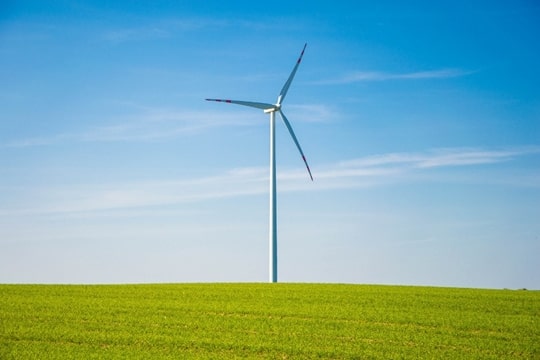The Paper Cup.
Here, you will learn more about one of our best-selling products: the paper cup. Read more about how a paper cup is structured, the environmental alternatives available, and current news.
Here, you will learn more about one of our best-selling products: the paper cup. Read more about how a paper cup is structured, the environmental alternatives available, and current news.
A paper cup consists of two main components:
The development of new materials is advancing, and today there are also paper cups made of 100% paper.
Paper cups can be manufactured with one or two layers of paper. A single layer is the most common type of paper cup and is cost-effective to produce. Double walls are more expensive, but they provide better heat insulation. At Tingstad, you can find both single-layer and double-layer paper cups.
According to the EU Single-Use Plastics Directive, it has been decided to introduce labeling requirements for single-use products that are wholly or partially made of plastic. This includes, among other things, cups. The labeling requirement came into effect in July 2021.
Q&A OM MÄRKNINGSKRAVETIn 2021, a number of disposable plastic items will be banned. Take the opportunity to change your purchases now by discovering our range of products that are a smart alternative to your current plastic products.
Read moreAuthor: Tingstad
Last Updated: 2023-12-18
It is important for us to help our customers make informed decisions. Therefore, we have developed a material guide to make it easier for you as a customer.
Read moreTo take environmental responsibility is too many companies more important than ever. For us who work in an industry that takes on the resources of nature, the commitment to our world today and in the future is something we have with us in everything we do. Here you will find products that either have eco-labeling or which meet established environmental requirements from a control organization.
Read moreWe are certified to ISO 14001: 2015 Environmental, and 9001: 2015 for Quality. Read more about what this means for our customers and about our environmental work.
Read more




